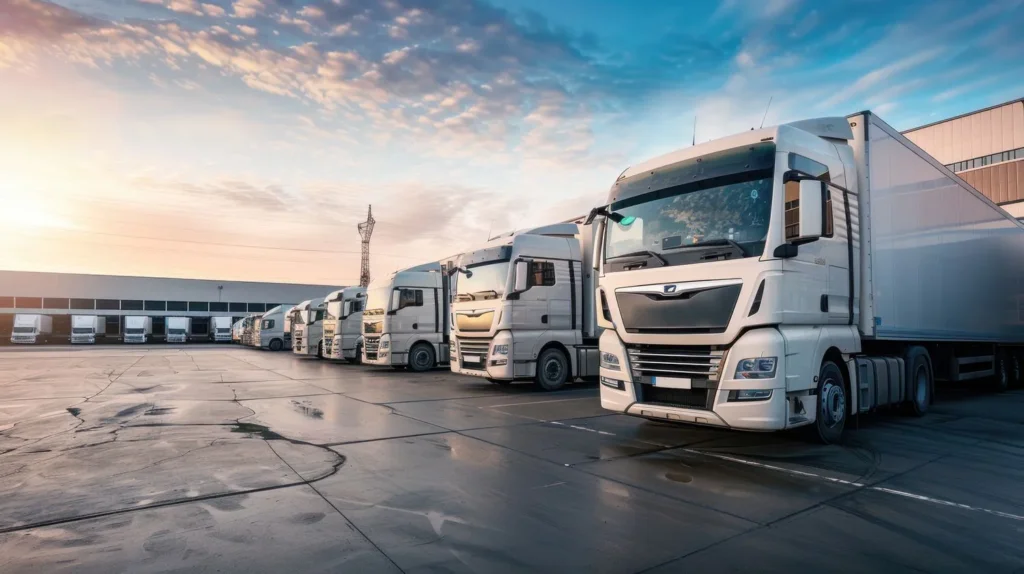Dramatic video footage circulating online shows the moment the vessel, identified as the 948-foot Singapore-flagged “Dali,” struck a central support of the bridge, causing a significant portion of the 1.6-mile structure to give way.
“Our focus right now is trying to rescue and recover these people,” said Kevin Cartwright, communications director for the Baltimore Fire Department. He described the incident as a “developing mass casualty event” and noted the presence of “unsafe and unstable conditions” due to dangling cargo complicating rescue efforts.
In a statement, Governor Wes Moore of Maryland announced the declaration of a state of emergency.
Statement from @GovWesMoore on the collapse of the Francis Scott Key Bridge:
My office is in close communication with U.S. Transportation Secretary Pete Buttigieg, Baltimore Mayor Brandon Scott, Baltimore County Executive Johnny Olszewski, and the Baltimore Fire Department as…
— Carter Elliott, IV (@CarterElliottIV) March 26, 2024
The collapse has caused a major traffic disruption, with all lanes closed on both directions of Interstate 695 (I-695) across the Key Bridge. Authorities are urging drivers to avoid the area and use alternative routes.
The Volunteer Firefighters from @jmvfc8, the Volunteer Swift Water Team and the @HarfordCoDES Special Operations Team are assisting the Unified Command at the Baltimore Francis Scott Key Bridge collapse. pic.twitter.com/ipoTR2HljY
— Harford Co., MD Fire & EMS (@HarforCoFireEMS) March 26, 2024
The Francis Scott Key Bridge, named after the author of the U.S. national anthem, is a vital transportation artery and a key component of the Port of Baltimore, a major East Coast shipping hub.
Container shipping expert Lars Jensen, in a LinkedIn post, described the incident as “a major disaster” with significant repercussions for US importers and exporters on the East Coast. The disruption stems from the Dali, a 10,000 TEU vessel operating on the 2M Asia-USEC service, colliding with the bridge and causing its collapse.
“The bridge collapse will mean that for the time being it will not be possible to get to the container terminals – or a range of the other port terminals – in Baltimore,” Jensen wrote. He estimates that over 21,000 TEU containers processed weekly at the Baltimore terminals in 2023 will now need to be rerouted to other ports.
The impact extends beyond immediate cargo movement.
“The cargo already gated into the Baltimore terminals would have to either wait an unknown period for the sealane to reopen, or be gated back out and shifted to a different port,” said Jensen.
Regarding where volumes could go while the port remains inaccessible, Jensen added:
“Should the Baltimore cargo be spread solely on the two nearest major container ports, NY/NJ and Norfolk, this would result in a throughput increase for those ports of just under 10%. The perhaps more critical question is to which degree truck and rail infrastructure can rapidly absorb such a 10% increase.”
Multiple non-container vessels are also currently stuck in the Baltimore harbour due to the collapsed bridge.









